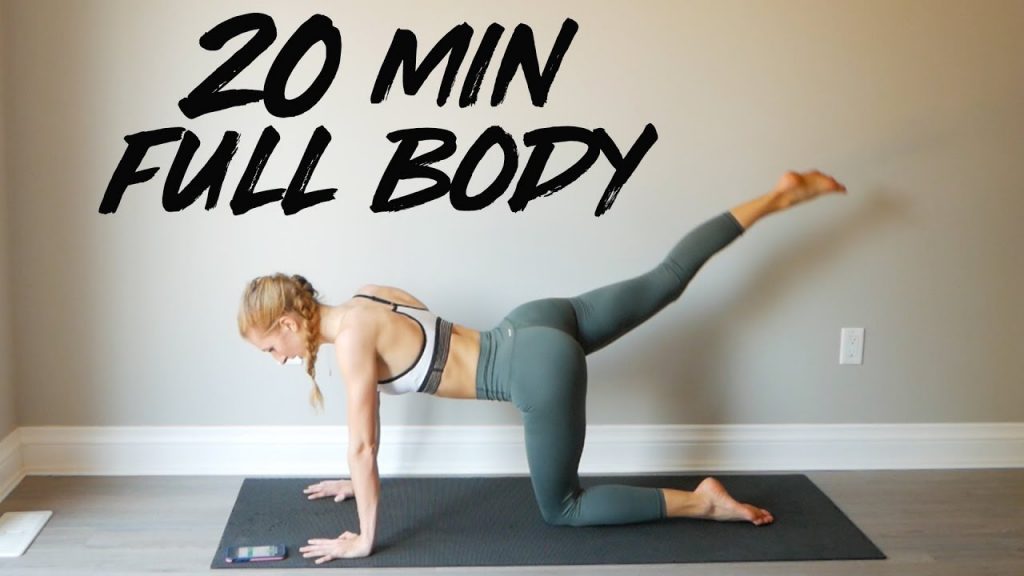Why Sitting Down Destroys You

Sitting down is something most of us do every day, whether it’s at work, in school, or at home.
We sit during our commute, while we eat, and even while we relax. It may seem harmless, but research has shown that prolonged sitting can be detrimental to our health. In fact, some experts believe that sitting down could actually be destroying our bodies.
The human body is not designed to be sedentary for extended periods of time. Throughout history, our ancestors were constantly on the move, whether it was for hunting, gathering, or farming. Our bodies are built for movement and sitting down for too long can have a negative impact on our health.
One of the major issues with sitting is that it puts a lot of pressure on our spine. When we sit, our spine is subjected to the weight of our upper body which can cause strain and compression on the discs in our spine. This can lead to chronic back pain and even herniated discs. Additionally, sitting for long periods can weaken the muscles in our back, leading to poor posture and further contributing to back pain.
But it’s not just our spine that suffers from prolonged sitting. When we sit, our lower body, including our glutes, hamstrings and hip flexors, are in a shortened position. This can lead to muscle tightness and imbalances, affecting our overall movement and posture. Over time, this can increase our risk of injuries and pain in our lower body.
Sitting also affects our blood flow and circulation. When we sit for extended periods, blood flow to our legs and feet decreases, causing fluid retention and potentially leading to swelling in our lower limbs. This can also increase our risk of developing blood clots, especially in individuals who already have underlying health conditions.
In addition to physical health issues, prolonged sitting can also have a negative impact on our mental health. Studies have shown a link between prolonged sitting and an increased risk of anxiety and depression. Sitting for too long can also lead to fatigue, decreased productivity, and a lack of mental alertness.
So what can we do to combat the harmful effects of sitting down? The most obvious solution is to reduce the amount of time we spend sitting. This can be achieved by incorporating more movement into our daily routines. Taking breaks to stand and stretch, going for short walks, or even using a standing desk can all help to reduce the negative impact of sitting.
Regular physical activity is also important in counteracting the effects of sitting. Engaging in activities like walking, running or strength training can help to improve posture, increase muscle strength, and promote better blood flow and circulation.
In addition to physical activity, mindfulness practices like yoga and meditation can also be beneficial in reducing the negative impact of sitting. These practices focus on body awareness and proper breathing techniques, which can help to counteract the negative effects of prolonged sitting.
In conclusion, sitting down may seem like a harmless act, but it can have serious consequences on our health. From back pain and reduced mobility to mental health issues, prolonged sitting can be detrimental to our overall well-being. So, let’s make a conscious effort to incorporate more movement into our daily routines and take care of our bodies in order to avoid the destructive effects of sitting down.
The saying “sitting is the new smoking” has gained popularity in recent years, and for good reason. It’s time to take a stand against sitting and prioritize our health by incorporating more movement into our daily lives. Our bodies are designed to move, and it’s time we listen to them and give them what they need to thrive.









This could be why you’re depressed or anxious | Johann Hari
Dr. Grant Tarling’s Tips on Staying Healthy While Traveling
8 MINUTE AB WORKOUT | 2018
Sen. Kamala Harris unveils health care plan ahead of debates
Sun Tzu | The Art of War